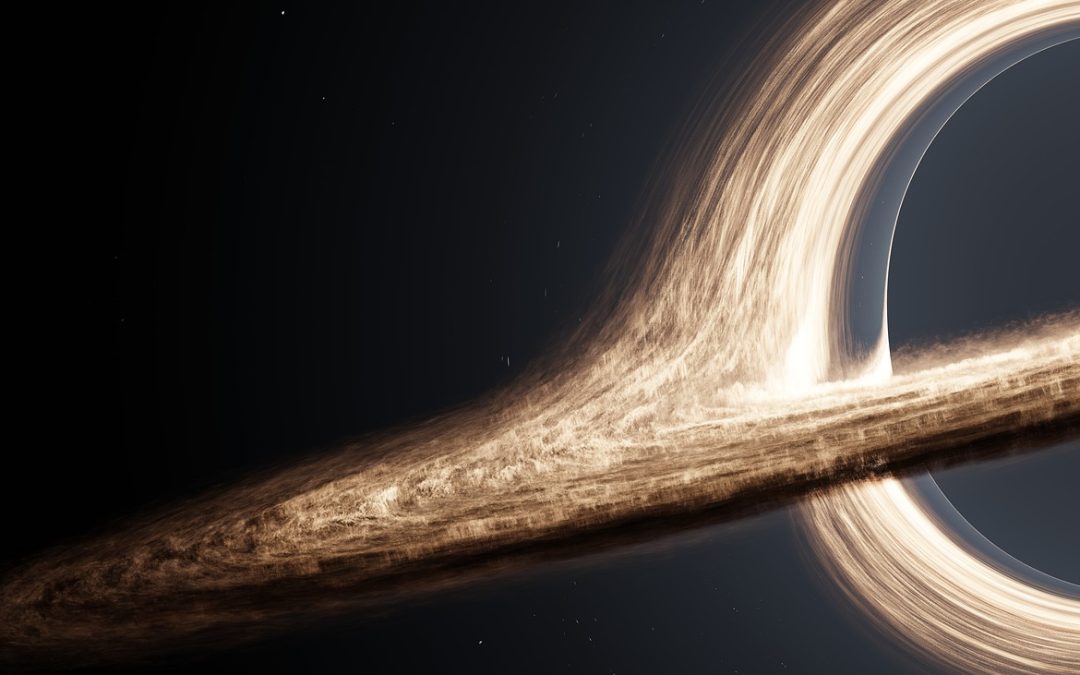 Unveiling the Enigmatic Nature of Black Hole Singularities
Unveiling the Enigmatic Nature of Black Hole Singularities
Black holes have long captivated the human imagination with their mysterious and enigmatic nature. These celestial objects, formed from the remnants of massive stars, possess an incredibly strong gravitational pull that not even light can escape. While the concept of a black hole is fascinating in itself, it is the singularity at its core that truly perplexes scientists and astronomers.
A singularity is a point in space-time where the laws of physics break down, and our current understanding of the universe fails to provide a clear explanation. In the case of black holes, the singularity exists at the center, hidden behind the event horizon – the point of no return for anything that ventures too close.
According to Einstein’s theory of general relativity, the singularity within a black hole is a region of infinite density and zero volume. This implies that all matter and energy within this region are compressed to an unimaginable extent, creating a gravitational force so intense that it warps space and time around it. However, this description raises numerous questions and challenges our understanding of the fundamental laws of physics.
One of the most significant challenges posed by black hole singularities is the conflict with quantum mechanics. Quantum mechanics, which governs the behavior of particles on a subatomic scale, does not easily reconcile with general relativity. While general relativity provides an accurate description of gravity on a large scale, it fails to explain phenomena at the quantum level. This discrepancy has led scientists to seek a unified theory that combines both quantum mechanics and general relativity – a theory of quantum gravity.
The singularity within a black hole presents an ideal scenario to test such a theory. It is within this extreme environment that the effects of both gravity and quantum mechanics are thought to be at their most extreme. Understanding the nature of singularities could potentially unlock the secrets of the universe and provide insights into the fundamental laws that govern it.
One proposed solution to the enigma of black hole singularities is the concept of a “quantum bounce.” This theory suggests that instead of a singularity, the collapse of matter within a black hole reaches a point where it rebounds, preventing infinite density and providing an alternative explanation for the intense gravitational forces observed. However, this idea is still speculative and requires further exploration and evidence.
Another avenue of research is exploring the possibility of wormholes within black holes. Wormholes are theoretical tunnels that connect distant regions of space-time, potentially allowing for travel between different parts of the universe or even different universes altogether. Some scientists speculate that wormholes may exist within black holes, leading to the possibility of understanding the nature of singularities by studying these hypothetical cosmic shortcuts.
While the true nature of black hole singularities remains elusive, ongoing research and advancements in theoretical physics continue to shed light on this enigmatic phenomenon. The quest to understand singularities pushes the boundaries of our knowledge and challenges scientists to develop new theories and models that can bridge the gap between general relativity and quantum mechanics.
Unveiling the secrets of black hole singularities will not only deepen our understanding of the universe but also revolutionize our perception of space, time, and the fundamental laws that govern our existence. As scientists continue to explore these cosmic enigmas, we inch closer to unraveling one of the most perplexing mysteries in the cosmos.
